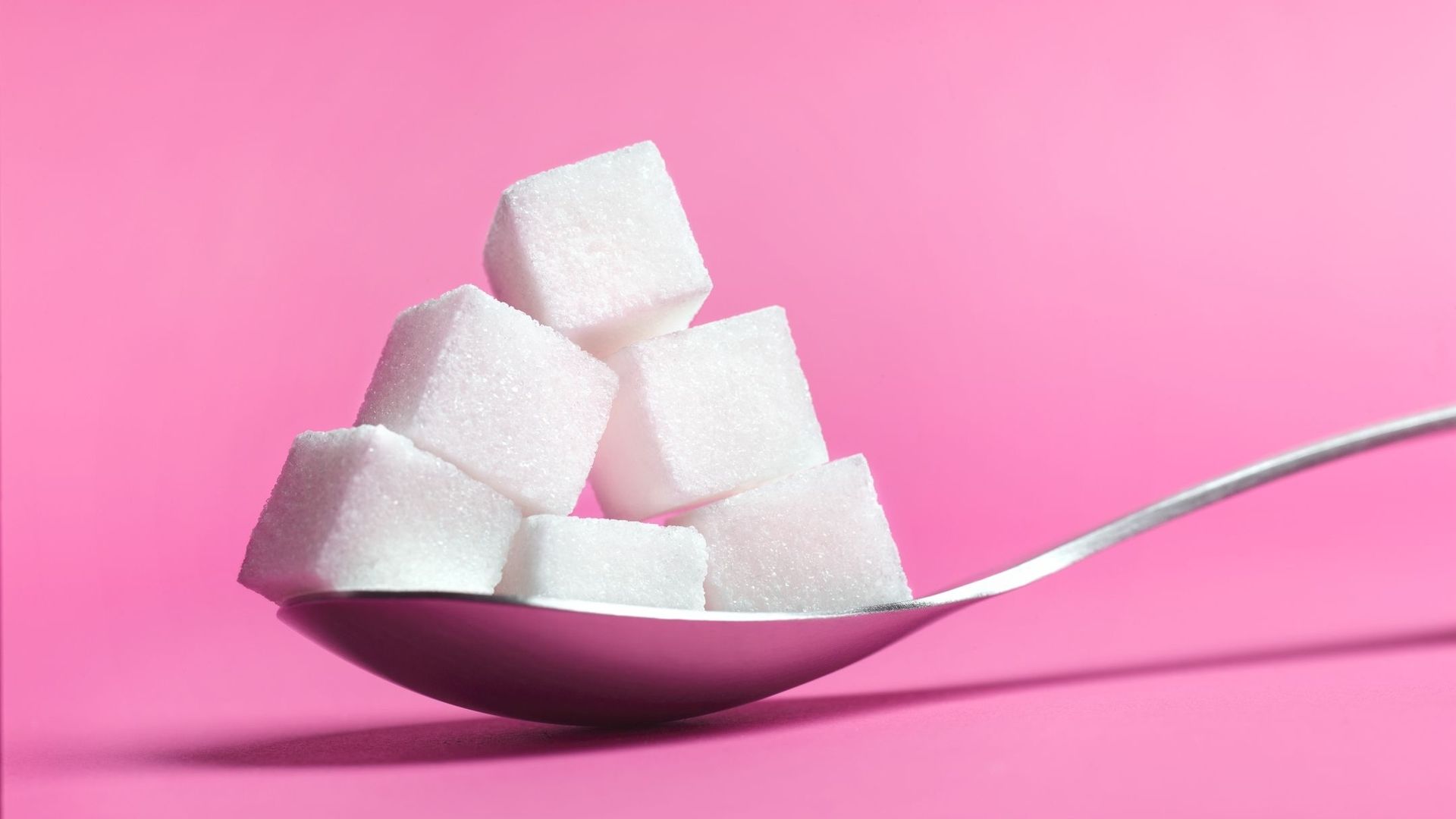What is Fasting Mimicking Diet or FMD?
A relatively recent diet that simply restricts calories for a predetermined amount of time is the Fast Mimicking Diet (FMD), also known as the FMD. Let’s outline the FMD’s main components, list the items that are allowed and prohibited, and provide an example of a five-day FMD diet meal for better understanding.
What is the FMD
Italian researcher and biologist Dr. Walter Longo created the FMD. He investigated how fasting affected the body and worked to amp up its health benefits without going on such a protracted fast. As a result of his research, Longo found a solution: he developed a diet that merely simulates prolonged fasting while also removing the need for severe calorie restriction. FMD, or caloric fasting, is a form of intermittent fasting. It differs slightly from the more well-known intermittent fasting. The intermittent fasting strategy results from ten years of investigation, including numerous clinical studies.
How the FMD Diet Works
Fasting Mimicking Diet is based on monthly pre-made five-day food programs. That is, you do not have to eat this way for the entire month, only five days once a month. All meals and snacks are made using minimally processed, organic, plant-based ingredients. The kits are heavy on lipids like olive or flaxseed oil and light on proteins and carbohydrates. You are not allowed to eat anything else for the next five days.
The first day of the diet provides approximately 1090 kcal (10% protein, 56% fat, 34% carbohydrates), while days two through five provide only 725 kcal (9% protein, 44% fat, 47% carbohydrates).
After depleting glycogen stores, the body must manufacture energy from non-carbohydrate sources on this low-calorie, low-carb, high-fat diet. Gluconeogenesis is the name of this process, and it is basically a metabolic pathway leading to the formation of glucose from non-carbohydrate compounds (particularly pyruvate). Along with glycogenolysis, this pathway maintains the blood glucose level necessary for the functioning of many tissues and organs, primarily nervous tissue and red blood cells. It serves as an essential source of glucose in conditions of insufficient glycogen, for example, after prolonged fasting or hard physical work.
One study found that such a diet accounts for 34-54% of daily caloric intake. In addition, the body’s physiological reactions to traditional fasting (fasting) methods—cell regeneration, inflammation reduction, and fat loss—are mimicked by this calorie restriction.
A nutritionist or gastroenterologist should be consulted before deciding on such a diet. Here is an example of a five-day FMD program.
FMD Diet Example: Meal Calendar
Therefore, the purpose of a diet is to give your body the impression that you are fasting while yet giving it the energy it requires to function. However, we must warn you that you will continually have a little sense of hunger. As was mentioned before, Walter Longo, the man behind the diet, suggested the first ProLon commercial FMD diet kit. It includes supplies for each of the course’s five days. Only natural goods should be included on the list of ingredients for the FMD diet. For instance, Longo offers tea and a nut bar for the morning, a tiny serving of vegetable soup and a few kale crackers for lunch, a couple of olives for an afternoon snack, and soup for dinner.
You don’t have to be running around looking for ProLon, but just use the right products available. For example, your fasting menu might look something like this.
Day number 1.
Breakfast: avocado, cucumber, and mint salad.
Lunch: carrot soup with walnuts.
Dinner: avocado soup.
Day number 2.
Breakfast: chia seed and frozen berry pudding with coconut milk.
Lunch: arugula and pomegranate salad.
Snack: Orange juice, olive oil, and plum (apple) vinegar smoothie.
Dinner: zucchini spaghetti (zoodles) with steamed vegetables.
Day number 3.
Breakfast: spicy banana and cocoa pancakes.
Lunch: olive tapenade with fresh vegetables.
Day number 4.
Breakfast: pear, arugula, and almond salad.
Lunch: cauliflower soup with curry.
Day number 5.
Breakfast: pumpkin muffins without flour.
Lunch: vegetable salad with vinegar dressing.
Naturally, you are free to select your own meals, but remember that they must all be vegetarian. You should also absolutely keep track of your calorie intake, which is 1090 for the first day and 725 for the next four. It is preferable to get assistance from a nutritionist or your trainer because it is also desirable to maintain a balance of BJU (proteins, fats, and carbohydrates). They can calculate all the indicators and create the best menu for you.
Carbohydrate-rich food is what you should eat to avoid starvation. The food should be enriched with complex carbs (vegetables and cereals, brown rice, grain bread, fruits) on the sixth day, 24 hours after the fast has ended while limiting fish, meat, fats, cheeses, and milk.
For premium readers








